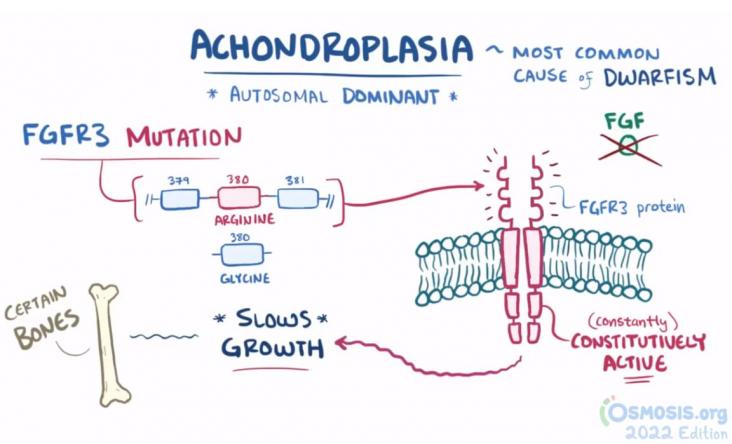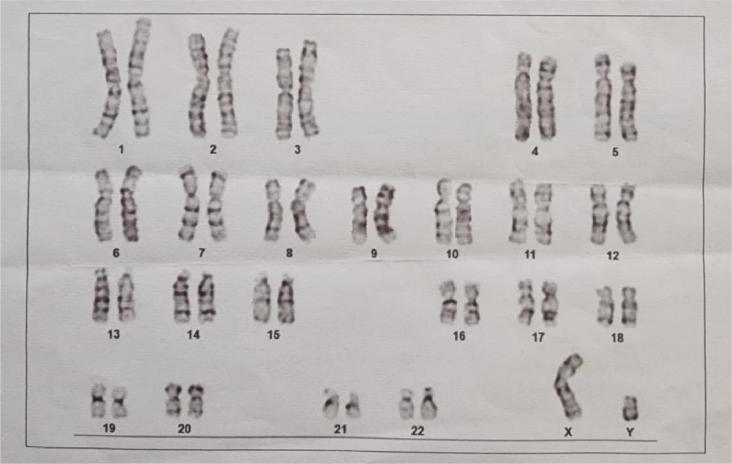This content aligns with Goal 3: Good Health and Wellbeing and Goal 10: Reduced Inequalities by systematically appraising the common applications of deep learning approaches and the utilization of big public health data to detect the risks of blindness within communities.
Elsevier,
Handbook of Lifespan Cognitive Behavioral Therapy: Childhood, Adolescence, Pregnancy, Adulthood, and Aging, Volume , 1 January 2023
This content aligns with Goal 3: Good Health and Wellbeing and Goal 10: Reduced Inequalities by showing CBT as a helpful treatment for many youths with autism and anxiety, with the modular format of an adapted CBT approach showing additional advantages in reducing interfering and maladaptive anxiety.
Elsevier,
Handbook of Lifespan Cognitive Behavioral Therapy: Childhood, Adolescence, Pregnancy, Adulthood, and Aging, Volume , 1 January 2023
This content aligns with Goal 3: Good Health and Wellbeing and Goal 10: Reduced Inequalities by discussing the application of cognitive behavior therapy, an evidence-based psychological approach in adolescents suffering from Asperger syndrome with comorbid depressive disorder.
This content aligns with Goal 3: Good Health and Wellbeing and Goal 10: Reduced Inequalities by providing evidence that environmental factors influence individual risk and/or severity of autism spectrum disorders.
This content aligns with Goal 3: Good Health and Wellbeing and Goal 10: Reduced Inequalities by presenting ASD as a complex, multisystem neurodevelopmental condition with origins in prenatal life.
Advocates and justifies a specific maritime policy that would protect marine biodiversity in the Mediterranean.
This article ties to SDG 3. In the present study psychotherapy readiness domains as predictors of psychotherapy outcome in trauma-affected refugees was examined.

This article ties to SDG 3. This resource, created together by Osmosis and the National Organization for Rare Diseases (NORD), aims to increase the knowledge and awareness about the rare disease Achondroplasia, the most commonly occurring form of skeletal dysplasia that occurs in approximately 1 in 20,000-30,000 live births.

Kallmann syndrome (KS) is a rare genetic disorder that refers to the association between hypogonadotropic hypogonadism and anosmia or hyposmia due to abnormal migration of olfactory axons and gonadotropin-releasing hormone-producing neurons.
This article supports SDG's 3, 6, and 11 by illustrating the reduction of pollutants using various microbial techniques. Strategy and recommendations are summarized, along with the future prospects.
